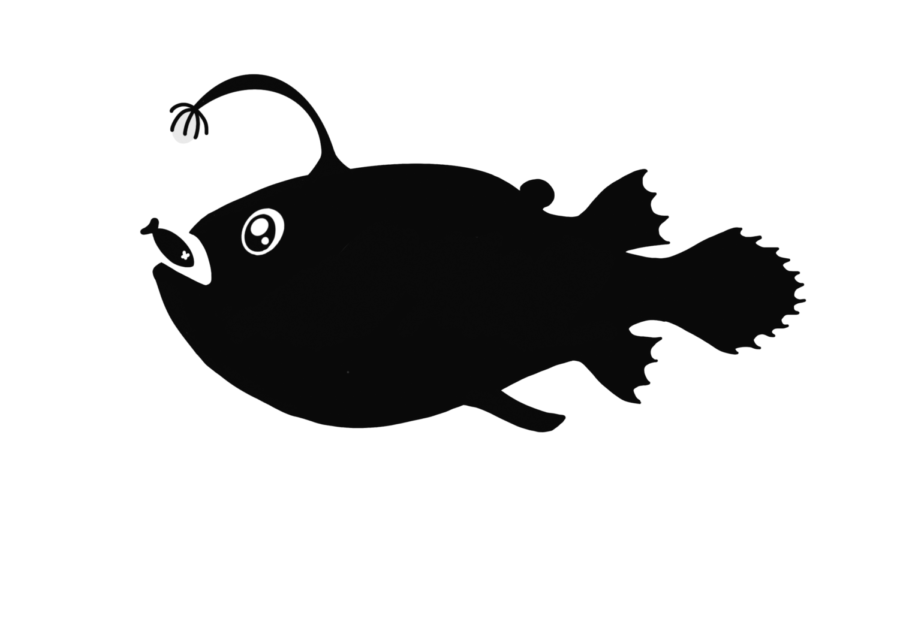My initial focus when I began this series of factual pieces was to satisfy my hunger for ocean knowledge, and to give myself an opportunity to research parts of the Pacific Ocean and the creatures that live there. Recently, my attention was drawn away from the creatures, and focused more on the traits of the sea, but let us get back to the fun parts and discuss a rarer creature that was found washed up on a Californian beach back in November.
Today’s focus is the himantolophus, more commonly known as the football fish or the anglerfish. This rare species is found 2,000 to 3,300 feet deep in the Pacific Ocean and doesn’t get any sunlight, the only source of light coming from their esca, which glows with light from photobacterium .
This little light bulb, attached to their face, attracts prey, as the esca dangles right above its mouth. The anglerfish stays very still as the prey is attracted by the shiny light. Once it is close enough, the anglerfish sucks it in and uses its long, sharp teeth as a cage to keep the prey trapped in its mouth… you can imagine the rest.
The size of the prey is only limited to the size of its mouth. The anglerfish eats anything it can get its fins on, including other fish, squids and crustaceans.
While the exact number of the anglerfish population is not known, it is a well-known fact that these fish are a rare sight. Yet, on Nov. 13, 2021, an anglerfish was found dead, washed up on a San Diego beach. The person who found it, Jay Belier, noted that it was significantly larger than the anglerfish found at the same location in May.
Concern began to arise when a third fish was found in Encinitas, Cal. on Dec. 10. All three fish were discovered around the same area, leaving experts to question the cause of the recent uprise in washed-up animals in California.
The unfortunate aspect of these creatures is our inability to research them fully. Divers themselves can only go 60 feet below the surface, and even with the technology we have to go deeper, submarines are used to study other things more often than anglerfish. If there was a threat to their population, it’s unlikely we would know as we don’t even have a clear estimate of how many there are in the world.
I saved the best fact for last, and one I only discovered recently that, to be completely honest, I am slightly terrified by. The mating ritual of the anglerfish is incredibly unique and just a little disgusting.
The male anglerfish is far smaller than the female, and attaches itself to the female by biting her belly. The male then releases an enzyme that dissolves his and her skin and fuses them together, establishing a common blood circulation between the two. Yes, anglerfish mate by fusing together, and the male will eventually die or be fully absorbed into the female.















